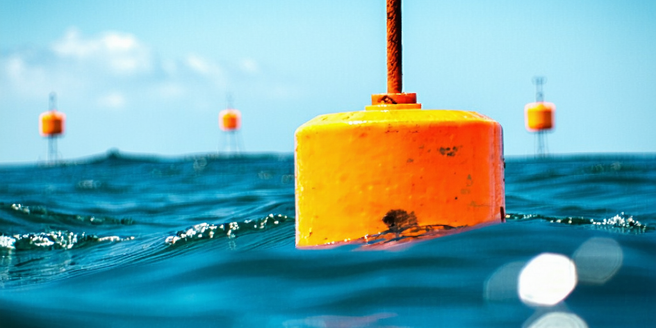
Understanding the Role of Buoys in Data Collection
Buoys are instrumental in gathering real-time data from oceans and seas. These floating devices are equipped with an array of sensors that record various parameters such as temperature, salinity, and wave height. Positioned strategically across oceanic expanses, buoys play a critical role in monitoring environmental changes and providing valuable insights into marine ecosystems. The data collected is essential for scientific research, safety at sea, and weather forecasting. Buoys help in understanding ocean currents, climate change, and the overall health of marine environments. Their autonomous function allows for constant data collection without human intervention, ensuring uninterrupted and reliable information over prolonged periods.
How Weather Affects Data Collection at Sea
Weather conditions significantly influence the effectiveness of data collection at sea. Harsh weather, such as storms and high winds, can impact the stability and positioning of buoys, thus affecting their ability to collect data accurately. Adverse weather can also damage the sensors or communication equipment, leading to data loss or inaccuracies. Additionally, oceanographic conditions such as strong currents and high waves pose challenges in maintaining the intended positioning of buoys, crucial for consistent data collection. However, advancements in technology, such as improved anchoring systems and robust sensor design, help mitigate these challenges, ensuring that data collection persists despite harsh weather conditions, contributing to a comprehensive understanding of marine environments.
The Technology Behind Buoy-Based Sensors
Buoy-based sensors are the technological heart of marine data collection systems. These sensors are designed to withstand harsh oceanic environments while accurately measuring various metrics like sea temperature, wave height, and salinity. Modern buoys are equipped with GPS systems for precise positioning, ensuring they remain in designated locations for consistent data gathering. Communication technologies, such as satellite uplinks, enable the transmission of collected data to onshore facilities in near real-time. The power systems, often solar-powered, provide the energy necessary for prolonged operations on the open sea. Continual advancements in sensor technology and material durability contribute to the evolving capabilities of buoy systems, enhancing their role in global environmental monitoring.
Analyzing Data: From Oceanic Patterns to Predictions
The vast amounts of data collected by buoys are critical for analyzing oceanic patterns, which can inform predictive models and climate forecasts. Data on ocean currents, temperature fluctuations, and wave dynamics are processed using complex algorithms to understand underlying trends and anomalies. This analysis helps climatologists, oceanographers, and meteorologists predict future conditions with greater accuracy, aiding in disaster preparedness and long-term environmental planning. Predictive models based on buoy data inform fisheries management, shipping routes, and energy production at sea. Advances in data processing and machine learning further enable the transformation of raw data into actionable insights, illustrating the significant role of buoys in promoting a sustainable relationship between humanity and the marine world.
Challenges Faced in Buoy Deployment and Maintenance
Deploying and maintaining buoys in the ocean present several challenges. The harsh marine environment subjects these structures to physical stresses, potential biofouling, and mechanical wear and tear. Deployment requires precise coordination to ensure buoys remain in optimal locations for data collection, facing challenges such as strong currents and deep waters. Regular maintenance is crucial to address sensor calibration, communication requirements, and structural integrity, necessitating specialized crews and equipment. Additionally, costs associated with deployment, monitoring, and maintenance can be significant, influencing project feasibility. Innovations in buoy design and materials aim to overcome these challenges, prolonging operational life and ensuring continuous data collection in an unforgiving environment.
Future Trends in Buoy Technology and Data Gathering
The future of buoy technology lies in enhancing sensor capabilities, durability, and energy efficiency. Integration of advanced materials and sensor miniaturization offers the potential for more resilient and sophisticated data collection networks. Artificial intelligence and cloud computing are expected to revolutionize data analysis processes, providing faster and more accurate insights from vast datasets. Additionally, collaboration across international boundaries could lead to standardized systems and shared data platforms, promoting greater understanding of global marine environments. Innovations like automated maintenance drones and biodegradable buoy components address environmental impact and operational longevity. As technology evolves, buoy systems will play an increasingly pivotal role in comprehensive marine monitoring and environmental stewardship.
